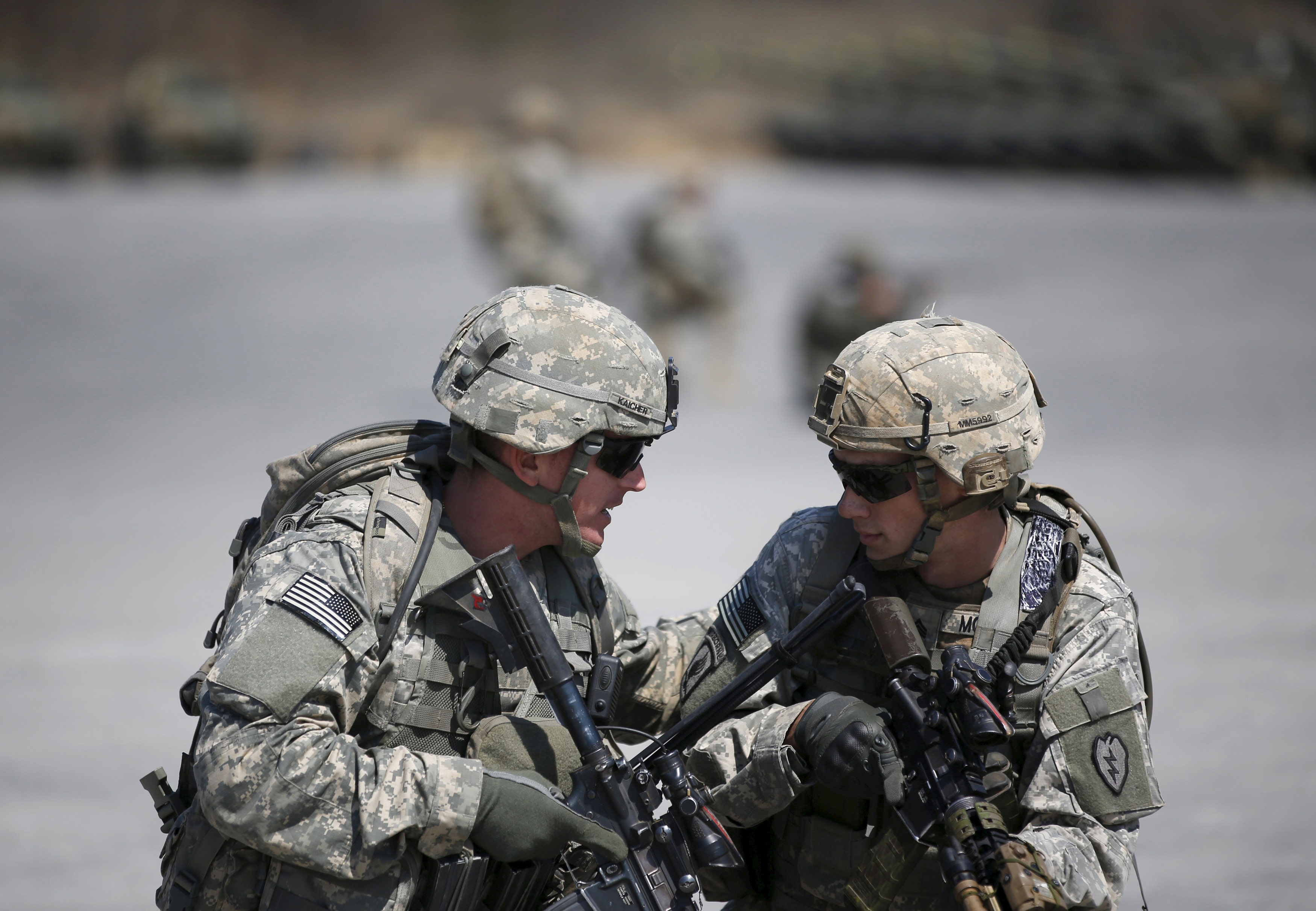Obesity, drug use, health problems, crime and academic issues jeopardize US military recruitment
The U.S. military’s all-volunteer force (AVF) is slowly dying. In the five decades since conscription ended, the AVF produced the high-quality force it promised. In conflict after conflict, the more-experienced, better-motivated, and professional U.S. troops dominated the battlefield.
Today, however, the armed services are struggling to meet their recruiting goals like rarely before. The Army is the most affected, projected to fall short by up to 15,000 soldiers, with a larger deficit expected next year. Experts point to a variety of reasons, such as insufficient pay and benefits, a difficult work-life environment, "culture war" issues, COVID-19, and a strong job market. Even if each were "fixed," the core issues driving the AVF’s decline still won’t be reversed.
The fact is the pool of Americans aged 17-24 who are qualified and interested in serving continues to shrink. When I was secretary of the Army in 2018, 71% of these 34 million young people could not meet the military’s entry requirements due mostly to obesity, drug use, physical and mental health problems, and criminal misconduct. Four years later, that number is even higher. Further, of the 23% eligible to serve today, another 10% don’t meet the military’s academic standards. Worse, of the 3.5 million young Americans remaining, only 9% (~320,000) have a proclivity to serve. A nation of 332 million people should do better than that.

 www.foxnews.com
www.foxnews.com
The U.S. military’s all-volunteer force (AVF) is slowly dying. In the five decades since conscription ended, the AVF produced the high-quality force it promised. In conflict after conflict, the more-experienced, better-motivated, and professional U.S. troops dominated the battlefield.
Today, however, the armed services are struggling to meet their recruiting goals like rarely before. The Army is the most affected, projected to fall short by up to 15,000 soldiers, with a larger deficit expected next year. Experts point to a variety of reasons, such as insufficient pay and benefits, a difficult work-life environment, "culture war" issues, COVID-19, and a strong job market. Even if each were "fixed," the core issues driving the AVF’s decline still won’t be reversed.
The fact is the pool of Americans aged 17-24 who are qualified and interested in serving continues to shrink. When I was secretary of the Army in 2018, 71% of these 34 million young people could not meet the military’s entry requirements due mostly to obesity, drug use, physical and mental health problems, and criminal misconduct. Four years later, that number is even higher. Further, of the 23% eligible to serve today, another 10% don’t meet the military’s academic standards. Worse, of the 3.5 million young Americans remaining, only 9% (~320,000) have a proclivity to serve. A nation of 332 million people should do better than that.

Long, slow decline of the US military's all-volunteer force puts America in danger
U.S. military’s all-volunteer force is in a long, slow decline because of a host of issues. We need to inspire more young people to serve their country.
